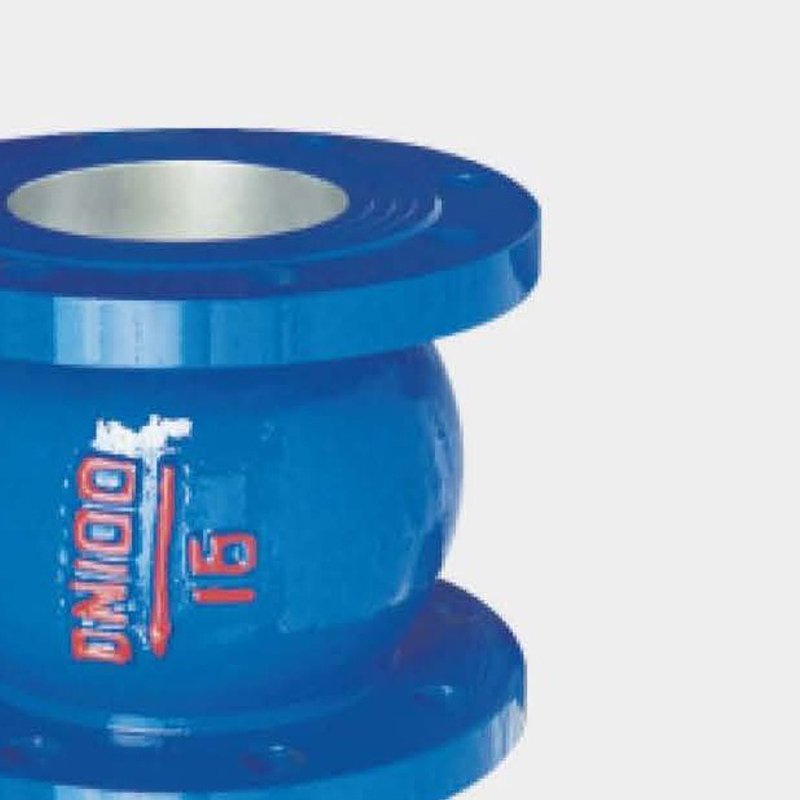Check Valve is a special device for pressure relief, which plays an important role in protecting accessories. Check Valve are generally installed directly on special equipment. Its design, manufacturing, installation, use, inspection, etc. must meet the requirements of special equipment, because its action reliability and performance are directly related to equipment and personal safety, and are closely related to energy conservation and environmental protection.

1. Common Check Valve generally include the following types:
(1) According to the overall structure and loading structure, it can be divided into three types: hammer Check Valve, spring Check Valve and control type.
(2) According to the valve disc opening height and valve flow diameter ratio, it can be divided into slightly open and fully open Check Valve.
(3) According to the discharge gas of the Check Valve, it can be divided into three types: fully closed type, semi-closed type and open type.
2. When selecting a suitable Check Valve, the following aspects should be considered:
(1) The structure mainly depends on the process conditions, working medium and function of the equipment. In general boilers and pressure vessels, spring Check Valve are not commonly used for leakage, otherwise it is better to choose a fully open Check Valve.
(2) If the medium is toxic, flammable and explosive, a closed Check Valve should be selected
(3) Each Check Valve has its own working pressure range and should be selected according to actual needs.
(4) The discharge volume of the Check Valve must be selected to be greater than the discharge volume of the equipment to ensure that some media are excluded to avoid the pressure from continuing to rise.
3. Installation precautions
(1) All Check Valve should be installed vertically.
(2) There should be no resistance at the outlet of the Check Valve to avoid pressure.
(3) The Check Valve should be specially tested before installation and its sealing should be checked.
(4) Check Valve in use should be inspected regularly
4. Common faults of Check Valve in application:
During normal use and calibration of Check Valve, various failures can occur due to design, manufacturing or improper use. If these faults are not eliminated in time, they will affect the function and service life of the Check Valve, seriously endangering the safety of users.
(1) Check Valve leakage problem.
Reasons and solutions for the leakage exceeding the allowable level on the sealing surface of the
Universal Valve:
① There is leakage because the seal between the Universal Valve is stolen and the valve can be opened multiple times.
② If the sealing surface is damaged, repair it by grinding method according to the degree of grinding or grinding wear.
③The stem is curved and tilted. Should be reassembled or replaced
(2) The specified pressure does not open and the specified pressure does not close. This is because the positioning of the Check Valve is not allowed to be caused by the spring. The compression amount or hammer should be readjusted or the spring should be replaced.
(3) The exhaust pressure of the Check Valve continues to rise. This is mainly because the Check Valve discharge does not reach the equipment discharge and an appropriate Check Valve should be used.
(4) The valve flap jumps or vibrates frequently. This is mainly because the spring stiffness is too large and it is time to use a spring with appropriate stiffness.
(5) The Check Valve does not return to its seat after discharge. The reason is: the spring is bent, the
Valve Stem and valve disc are installed in incorrect positions or are stuck. They should be reassembled.



